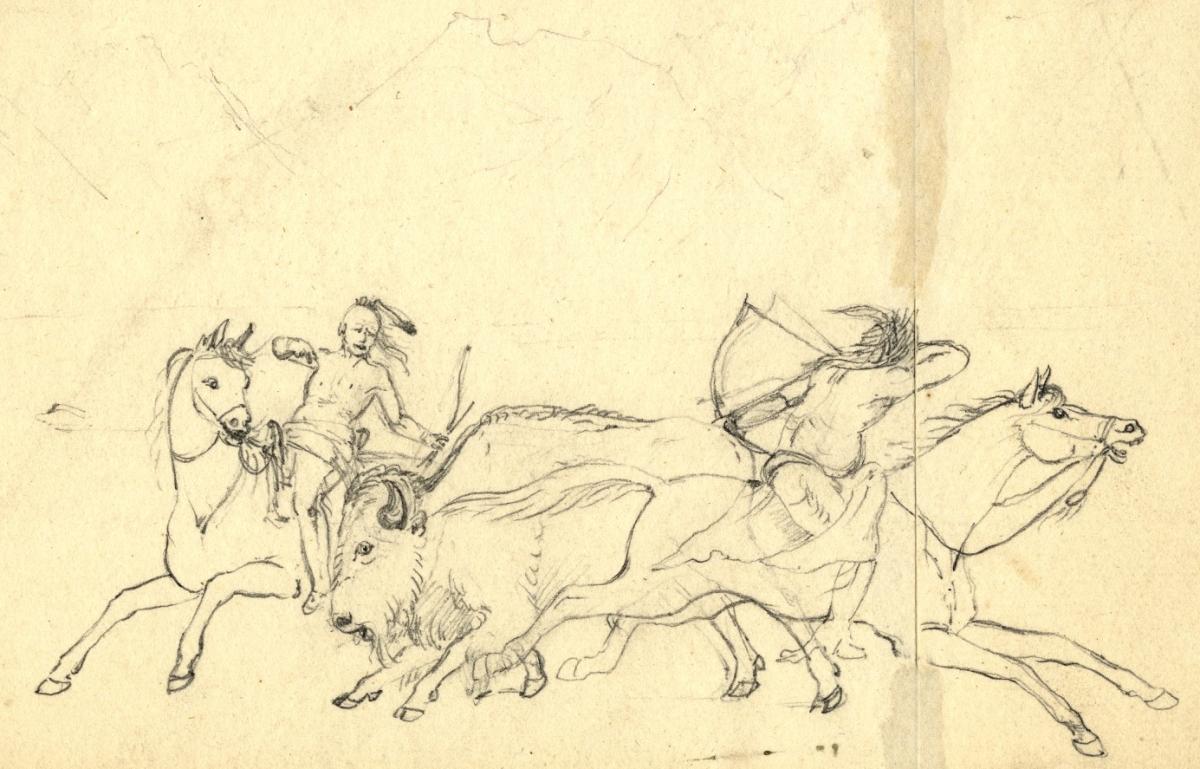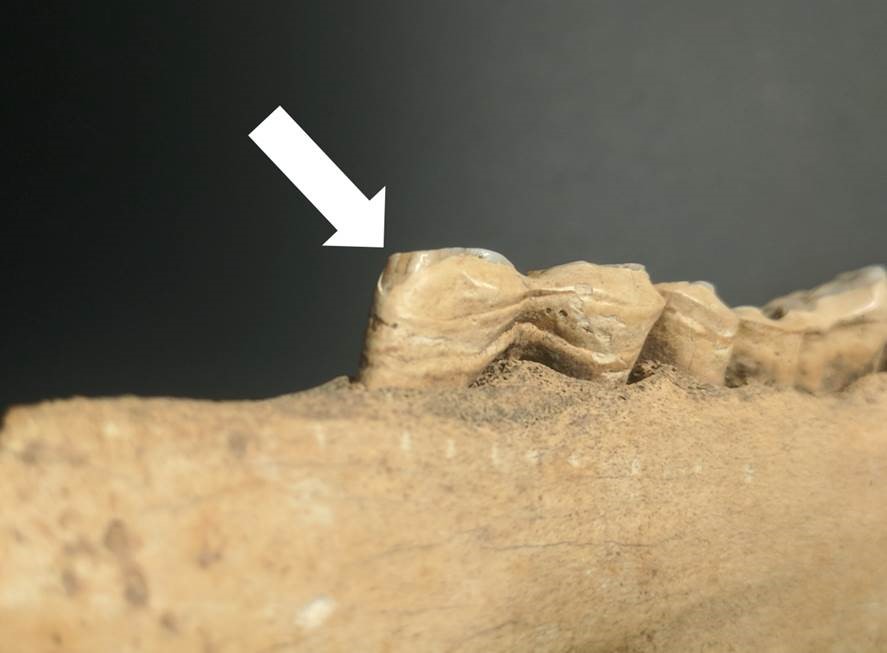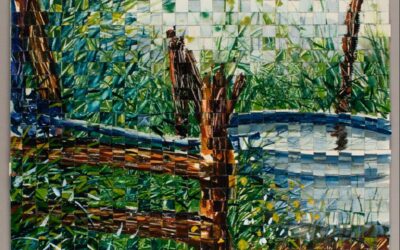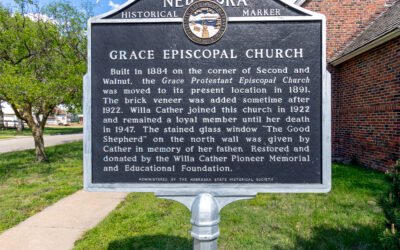(Published February 27, 2019)
History Nebraska houses collections from archeological sites spanning 12,000 years of human history across the state. Recently, research on broken horse bones from our collections contributed to a greater understanding of the history of the horse on the Great Plains.
Since their re-introduction in the 16th and 17th centuries, horses have played an integral part in the habitation and development of the Great Plains. In Nebraska, nearly every aspect of indigenous life came to be influenced by the horse. However, despite their importance, there was precious little documentation on how horses were managed, bred, or controlled by native groups.

Sketch of Oto hunters made by Major Stephen Long Expedition member Titian Peale, who accompanied the Oto on hunts between 1819-1820. Courtesy of the American Philosophical Society, APS image 2689.
The fragmented historical record has left out many important aspects of the story of people and horses in the Americas. European visitors occasionally noted when they encountered native people using horses, but their accounts were often tainted with bias and incomplete information. Most didn’t notice or record the finer details about how horses were managed, bred, or controlled by indigenous peoples. The early chapters of the human-horse story in the Americas were often written entirely beyond the eyes of Europeans or written records.
Zooarcheology, the study of animal bones from archeological sites, is one way that researchers are looking to close the gaps in our understanding. By conducting a detailed study of ancient horse remains, archeologists can discover information about how people used and managed horses in the distant past. Recently, History Nebraska began partnering with researchers from Germany’s Max Planck Institute, the University of New Mexico, and the University of Kansas to delve deeper into the early history of the horse in the Cornhusker state by studying horse remains from some of the region’s earliest horse-bearing archeological sites.
3D model of a horse skull from the Toⁿgwoⁿgthoⁿ Tonga “Big Village” archeological site near Homer, Nebraska.
The 3D model above shows a partially complete skull of a horse from Toⁿgwoⁿgthoⁿ Tonga “Big Village”, an archeological site near Homer, Nebraska. This site was occupied in the late 18th and early 19th century by the Omaha people and might have played a crucial role in trade networks and the movement of people, goods, and horses across the country’s interior.
The skull itself tells us a few crucial things about the horse and its life history. First, the teeth tell us that the animal was male and fully grown – probably between 13-15 years of age when it died (annotations 1 and 2 in the 3D model). Next, small but diagnostic changes to the premaxilla caused by prolonged periods of training or heavy breathing suggest that this animal was not feral and was used regularly as a riding mount (Annotation 3 in the 3D model). By taking a tiny sample of this horse’s tooth for DNA analysis (sent to specialists at the University of Toulouse, in France), we were able to confirm that the horse was a male horse – Equus caballus – as opposed to a donkey or a mule. More importantly, because this specimen’s genome is well-preserved, we can now begin more thorough sequencing efforts. Ultimately, DNA will help us recover incredible details such as the ancestral populations that contributed to the horse’s heritage, or the color of his coat.

Bit wear found on the lower second premolar from the Barcal archeological site in Butler County. The use of a bit has worn away the front edge of the tooth, removing both the enamel and the cementum.
Another example from History Nebraska’s collections is a horse jawbone fragment recovered from the Barcal site in Butler County. This site was occupied by the Pawnee in the mid-18th century – a crucial time in the early history of horses in the Great Plains. On this jawbone, we can see damage to the teeth caused by the use of metal bits. Once again, DNA evidence tells us that this horse was not a mule or a donkey, and that the animal was male. Future work will reveal further clues about the animal’s anatomy, health, or heritage. Although researchers are now working to pin down the exact chronology of these horse specimens through radiocarbon dating, these exciting finds could shed light on the systems of breeding, raiding, trade, and exchange that brought horses and horse equipment to the Nebraskan Plains centuries ago.
References:
O’Shea, John M.
1989 Pawnee Archeology. Central Plains Archeology, Vol.1(1): 49-107.
O’Shea, John M. and John Ludwickson
1992 Archeology and Ethnohistory of the Omaha Indians: The Big Village Site. University of Nebraska Press. Lincoln.
About the Author –
William Taylor is a Post-Doctoral Researcher in Archeology at the Max Planck Institute for the Science of Human History.




